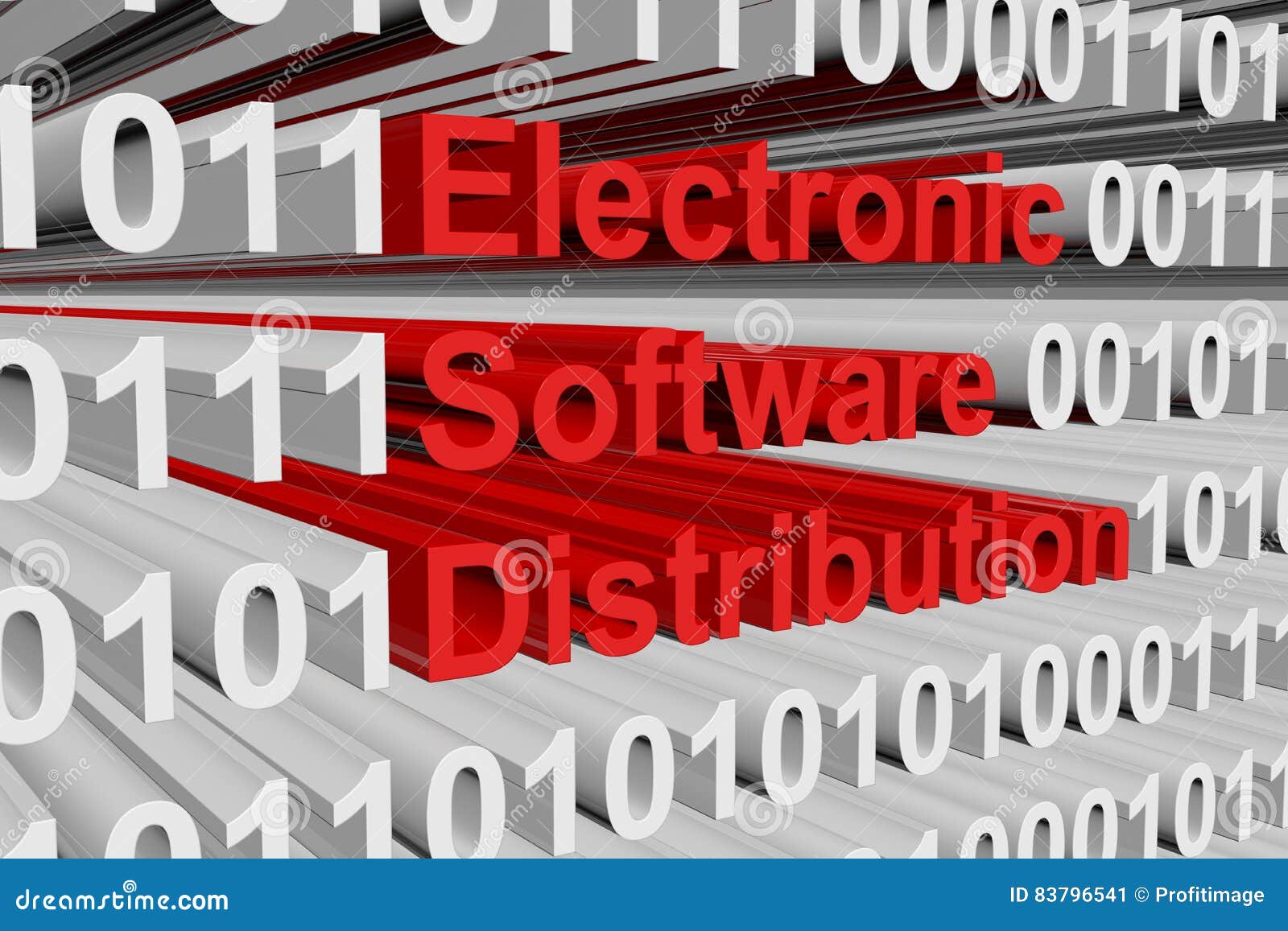Electronic software distribution revolutionizes the way software is delivered, offering a more efficient and convenient method for users and developers alike. From cutting-edge platforms to environmental advantages, explore the world of ESD.
Definition of Electronic Software Distribution

Electronic Software Distribution (ESD) refers to the digital delivery of software through online platforms, eliminating the need for physical distribution methods like CDs or DVDs. Users can purchase, download, and install software directly from the internet, usually through a secure online store or platform.
Examples of ESD Platforms and Services
- Steam: A popular platform for purchasing and downloading video games, as well as software applications.
- Microsoft Store: Offers a wide range of software applications for Windows users available for digital download.
- Apple App Store: Known for providing a variety of mobile applications for iOS devices through digital distribution.
Benefits and Challenges of ESD
Benefits:
- Convenience: Users can instantly access software from anywhere with an internet connection.
- Cost-effective: Eliminates the need for physical production and distribution, reducing costs for both developers and consumers.
- Instant Updates: Software can be easily updated and patches can be applied quickly without the need for physical distribution.
Challenges:
- Piracy: ESD platforms may face challenges with piracy and unauthorized distribution of software.
- Internet Connectivity: Users in areas with poor internet connectivity may struggle to download large software files.
- Data Security: Concerns about data privacy and security may arise when purchasing and downloading software online.
Key Components of Electronic Software Distribution

Electronic Software Distribution (ESD) involves various key components that are essential for a successful strategy. These components play a crucial role in ensuring the effective delivery and protection of software products.
Role of Digital Rights Management (DRM) in ESD, Electronic software distribution
Digital Rights Management (DRM) is a critical component of ESD that helps protect software from unauthorized distribution and use. DRM technologies control access to digital content, manage licenses, and prevent piracy by enforcing copyright protection measures.
Importance of Software Packaging, Licensing Models, and Delivery Mechanisms in ESD
Software packaging, licensing models, and delivery mechanisms are key aspects of ESD that directly impact the distribution and monetization of software products. Proper packaging ensures that software is presented in a user-friendly and appealing manner, while licensing models dictate how users can legally use the software. Additionally, delivery mechanisms determine how software is distributed to end users, whether through direct downloads, cloud-based services, or other channels.
Advantages of Electronic Software Distribution
Electronic Software Distribution (ESD) offers numerous advantages for software developers, distributors, and end-users. Let’s explore the benefits it brings to the table.
Cost-Effectiveness and Scalability
ESD is highly cost-effective compared to traditional physical distribution methods. With ESD, developers and distributors can save on packaging, shipping, and storage costs. It also allows for instant delivery of software to customers worldwide, eliminating the need for physical distribution channels. Additionally, ESD offers scalability as developers can easily update and distribute software to a large number of users without the constraints of physical inventory.
Environmental Benefits
One of the key advantages of ESD is its positive impact on the environment. By eliminating the need for physical CDs, DVDs, and packaging materials, ESD helps reduce carbon footprint and waste generation. It promotes a more sustainable approach to software distribution by reducing the consumption of resources and the generation of electronic waste.
Challenges and Considerations in Electronic Software Distribution
Electronic Software Distribution (ESD) comes with its own set of challenges and considerations that need to be addressed to ensure a smooth and secure distribution process.
Security Risks Associated with ESD
When it comes to ESD, security risks are a significant concern. Malware, hacking attempts, and data breaches can compromise the integrity of the software being distributed and put users at risk.
- Malware: Malicious software can be disguised as legitimate software during the distribution process, leading to potential harm to users’ devices.
- Hacking: ESD platforms are often targeted by hackers looking to access sensitive information or disrupt the distribution process.
- Data Breaches: If not properly secured, ESD platforms can be vulnerable to data breaches, resulting in the exposure of users’ personal information.
Managing Software Updates and Version Control
One of the challenges in ESD is ensuring that software updates are managed effectively and that version control is maintained to prevent compatibility issues and ensure users have access to the latest features and security patches.
- Timely Updates: Coordinating and deploying software updates in a timely manner can be challenging, especially when dealing with a large user base.
- Version Compatibility: Ensuring that users have access to the correct version of the software for their system configuration can be a complex task.
- Bug Fixes: Addressing bugs and issues in software updates without introducing new problems requires careful testing and monitoring.
Importance of Customer Support and User Experience
Providing excellent customer support, ensuring a seamless user experience, and prioritizing customer satisfaction are crucial aspects of ESD platforms to build trust and loyalty among users.
- 24/7 Support: Offering round-the-clock customer support can help address user queries and issues promptly.
- User-Friendly Interface: Designing an intuitive and user-friendly interface can enhance the overall user experience and encourage users to engage with the software.
- Feedback Mechanisms: Implementing feedback mechanisms to gather user input and suggestions can help improve the software and address user needs effectively.
Last Word

As we conclude our exploration of electronic software distribution, it’s evident that ESD presents a myriad of benefits and challenges. Embracing this digital evolution opens doors to enhanced user experiences and streamlined software delivery processes.
